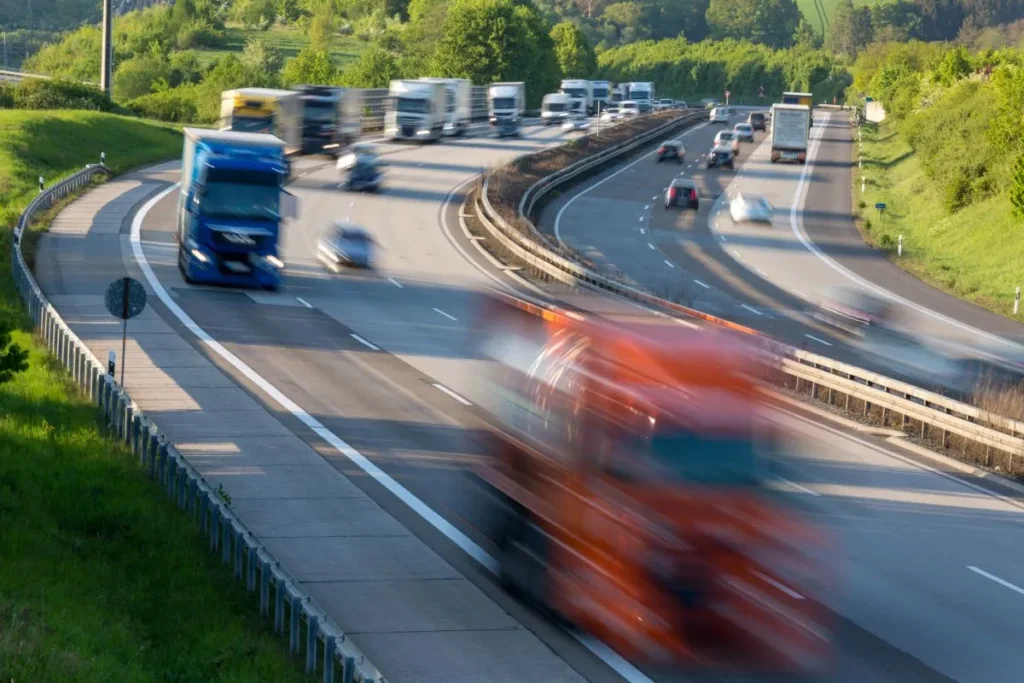The Council of Ministers adopted the new truck toll package on Wednesday, according to which from 2026 the external costs for air pollution, noise, and CO2 emissions will be more strongly incorporated into the toll – with an additional burden of around 42 million euros per year. At the same time, the valorization of infrastructure costs, i.e., the automatic adjustment to inflation, will be suspended once.
This keeps the truck toll stable in 2026, while the car vignette rises by 2.9 percent due to inflation.
According to the Ministry of Transport, the reform aims to create more cost transparency in road traffic and at the same time support the transport industry in switching to emission-free trucks.
Minister of Mobility Peter Hanke declared:
“We are creating planning security for the transport industry while simultaneously strengthening the switch to emission-free trucks.”
Key points of the decision
- Suspension of toll valorization: No automatic inflation adjustment of the infrastructure share in 2026.
- External costs included: Air pollution, noise, and CO₂ emissions will be charged an additional 42 million euros annually in the future.
- Promotion of climate-friendly trucks: The 75 percent discount for emission-free vehicles over 3.5 tons will be extended until 2030; the funding volume will amount to around 80 million euros in 2025.
Between protest and planning security
As recently as September, more than 60 trucks drew attention to the impending additional burden with a protest drive through Vienna.
Alexander Klacska, Chairman of the Freight Transport Association in the Austrian Federal Economic Chamber (WKÖ), warned as early as summer that many companies are “at the limit of their capacity.” The annual operating costs for a 40-ton truck have risen from 63,000 to over 80,000 euros since 2022 and could reach over 90,000 euros by 2026.
Austria remains Europe’s most expensive transit country
Despite the relief, Austria remains one of the most expensive countries for road freight transport in Europe.
According to WKÖ, a 50-euro toll in Austria covers 94 kilometers, in Germany 144 kilometers, and in Poland 535 kilometers.
The new regulation affects domestic and foreign transporters equally – from German and Czech forwarding companies to Italian and Hungarian transit providers that regularly cross Austrian territory.
Digital future: Vignette will be fully digital by 2027
Alongside the toll package, the government decided on the complete switch to the digital vignette starting in 2027.
Already today, 75 percent of annual vignettes are digital, with the price for 2026 set at 106.80 euros, adjusted by 2.9 percent.
Thus, 2027 marks the definitive end of the adhesive vignettes.









![[Update] Austria toll dispute: industry postpones protest drive, shifts focus to negotiations](https://cdn-trans.info/uploads/2025/11/b939c6ce23f5936c3c9279b025f-en-1024x575.webp)